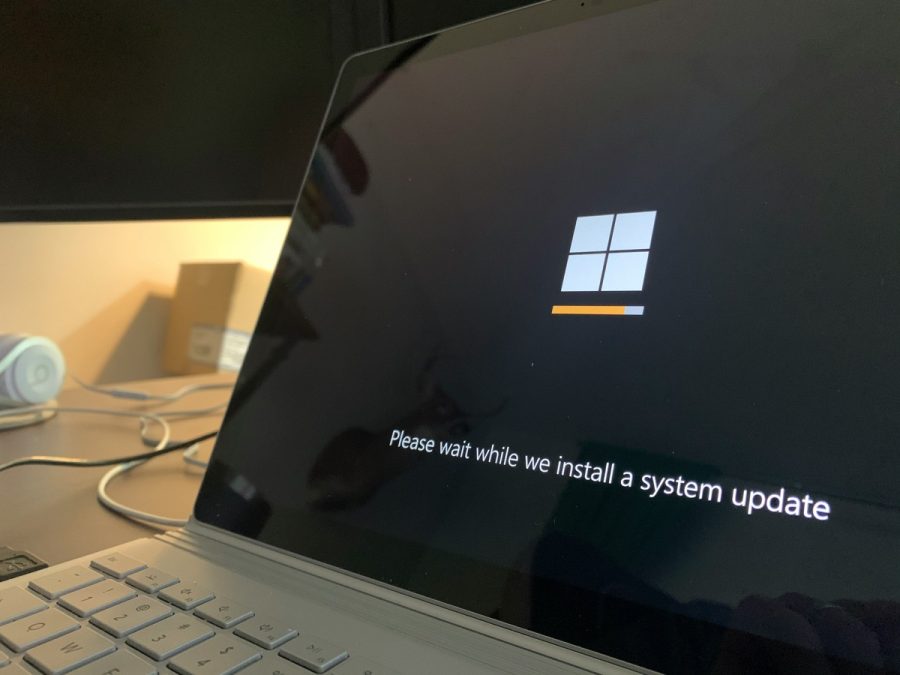Microsoft Windows updates are notorious for requiring lengthy black screens to function – but perhaps not for much longer.
Software updates are part and parcel of owning a PC but Windows updates are well-known for taking a while, thanks to the long reboot times to trigger the updates. This will happen at least once a month for Windows machines, bringing necessary security and aesthetic updates to its users.
However, according to reporting from Windows Central on Friday, February 23, a change might be on the way. Microsoft is testing a new method dubbed ‘hot patching’ for Windows 11 PCs, following testing on some Windows Server editions.
What is Windows’ hot patching?
Hot patching refers to a form of rebootless updating, conducted on PCs using Virtualization Based Security. According to Microsoft’s internal wording, hot patching “[patches] the in-memory code of running processes without the need to restart the process.”
Such a feature could mean that Microsoft‘s monthly software updates could soon come without needing to restart to see the changes take place. However, this doesn’t mean you can never reboot, with Windows Central’s Zac Bowden stating that a reboot would still likely be necessary at least every few months or for significant updates.
This could reduce the number of forced reboots, interrupting valuable gaming or work time, could be reduced from 12 to just four per year. Hot patching could be a game changer for Windows user experience, with current updates always seemingly coming about at the worst possible moment.
Hot patching could be available for broader use later this year, perhaps in line with the release of Windows 11 version 24H2 on x86-64 machines. 2025 is expected to see the rollout of hot patching to ARM64 devices. It’s not yet confirmed if hot patching will be available to all Windows 11 users or if it will be reserved for specific geographical regions or commercial users, such as Enterprise, Education, and Windows 365.
Featured image: Unsplash










